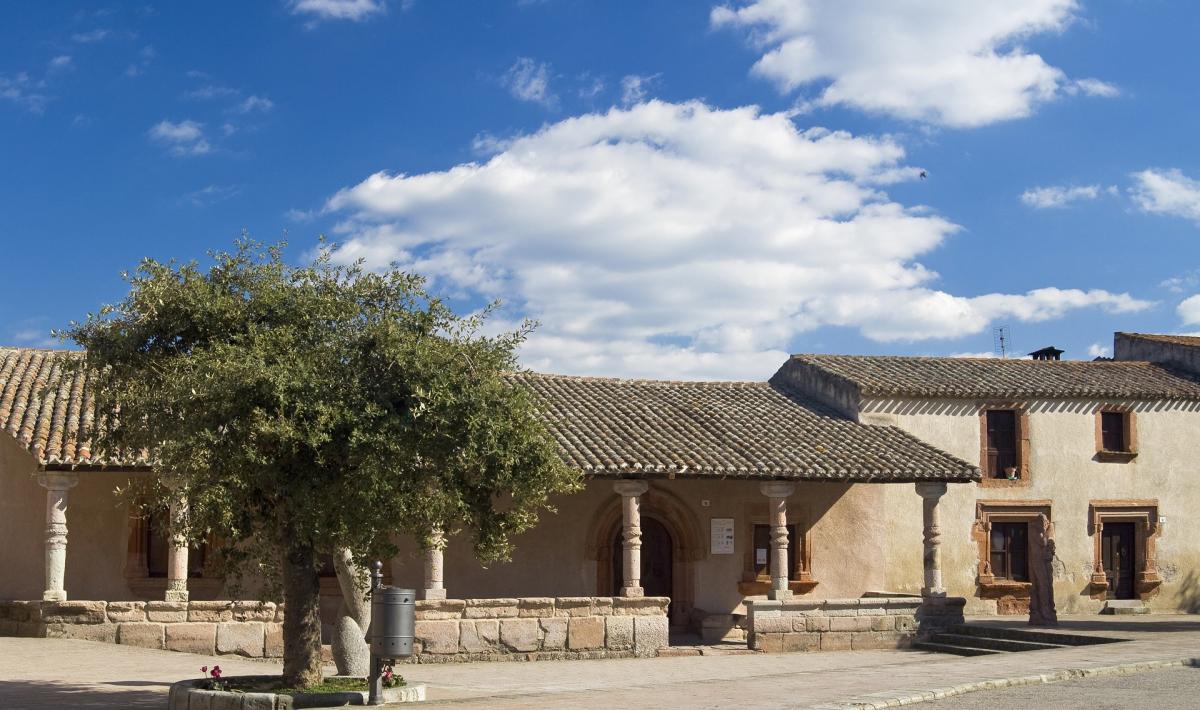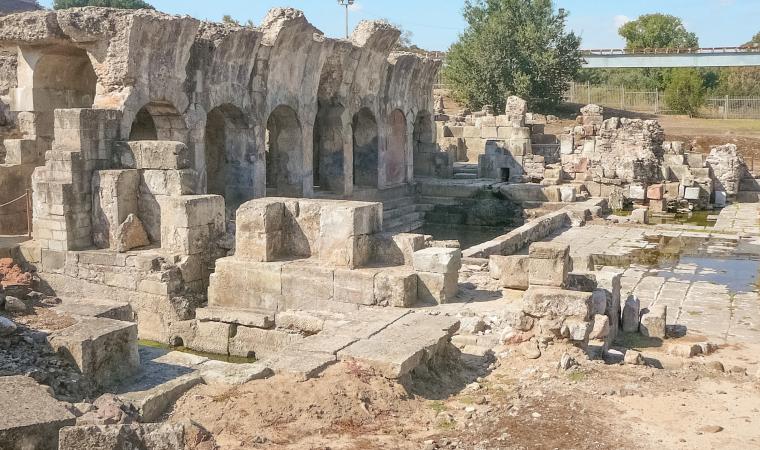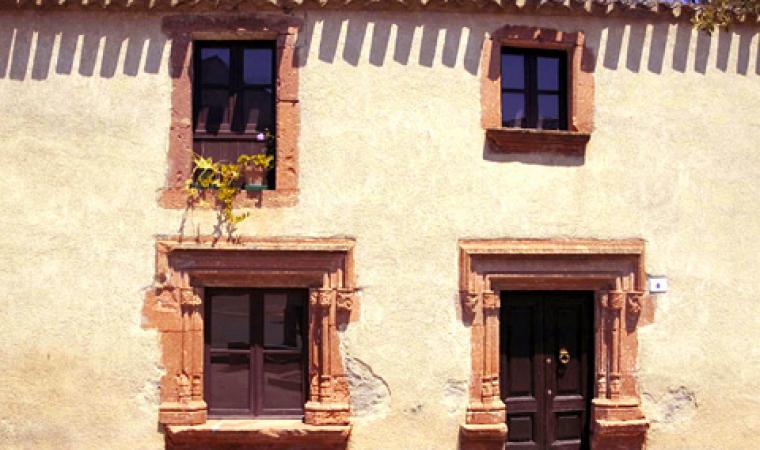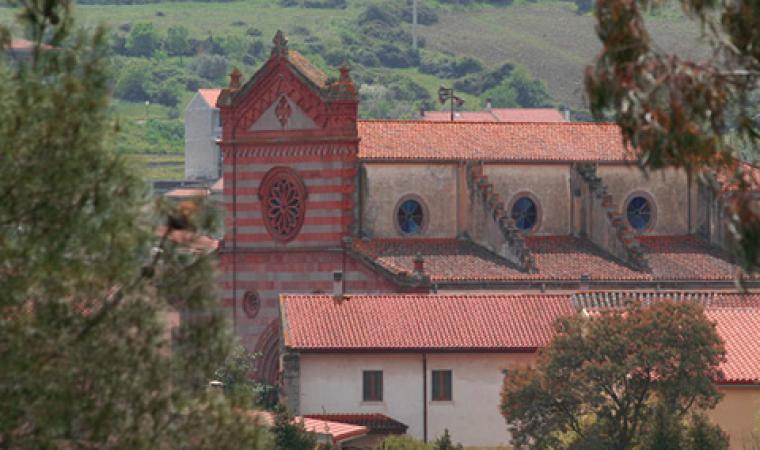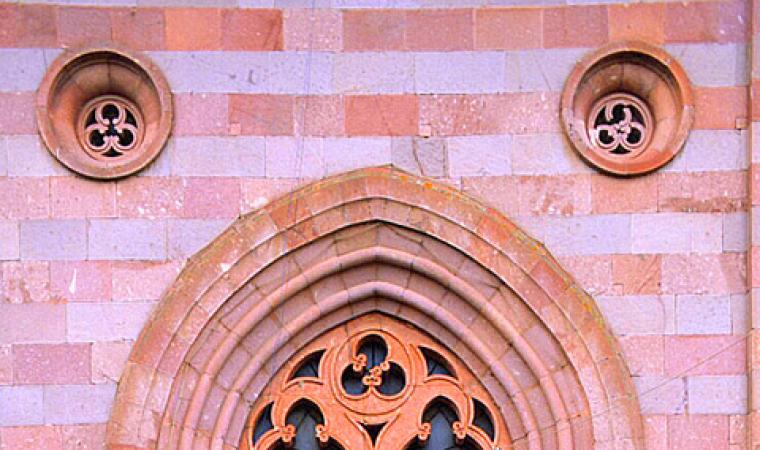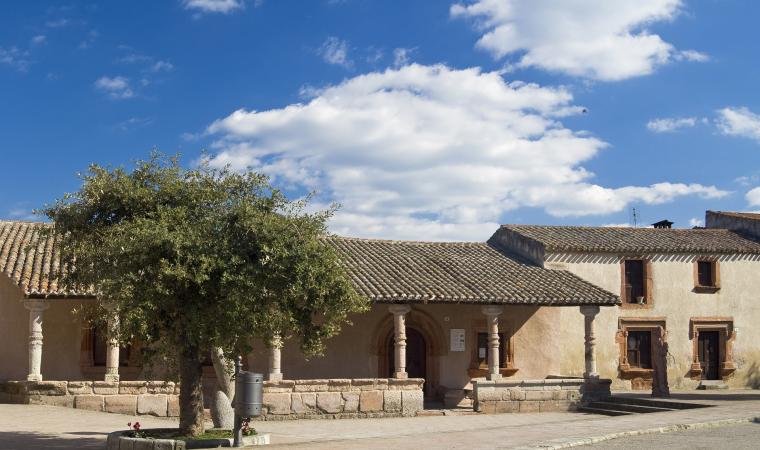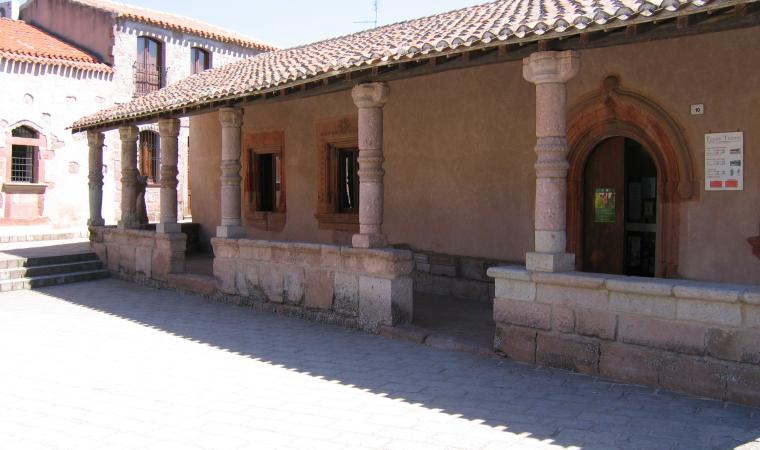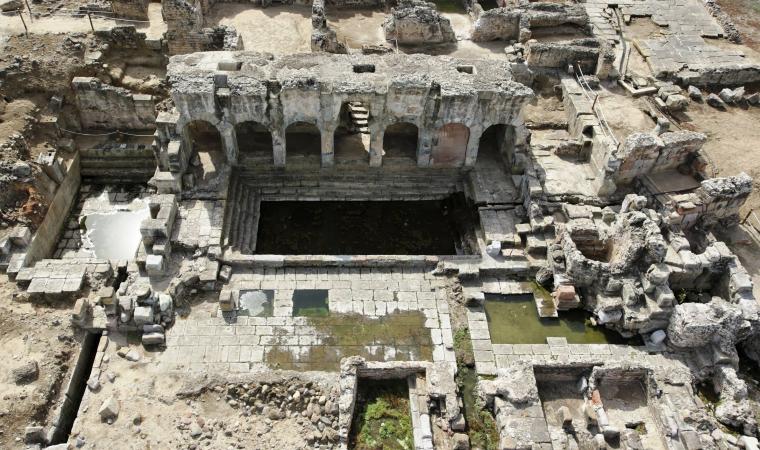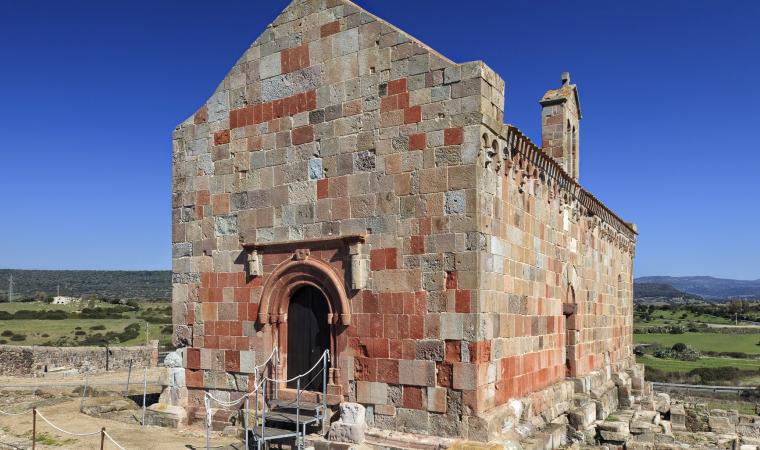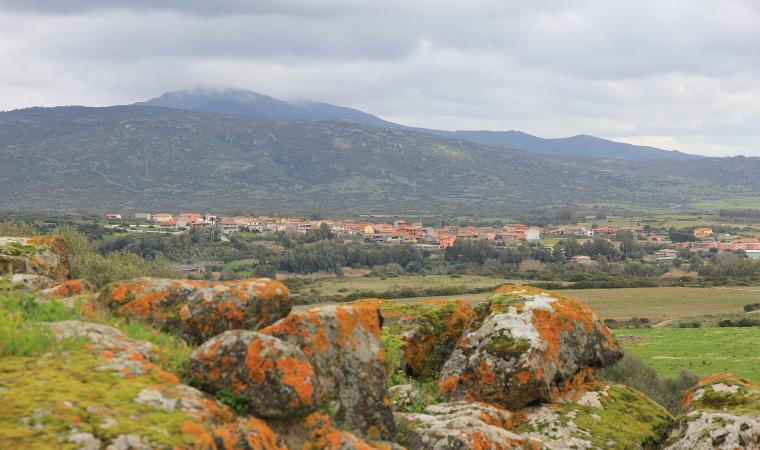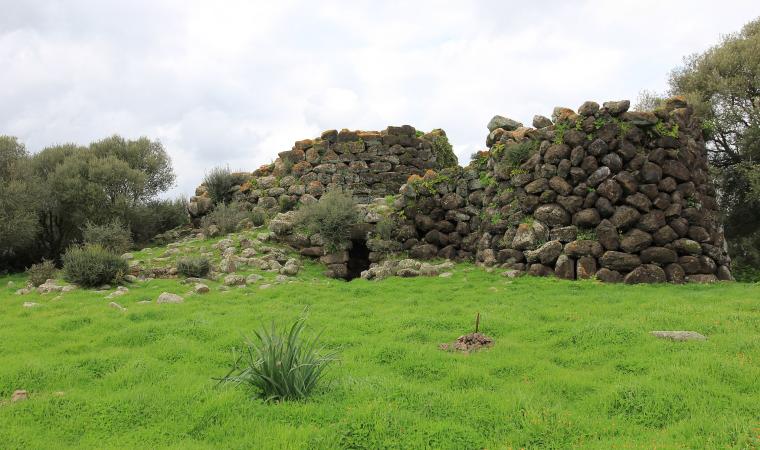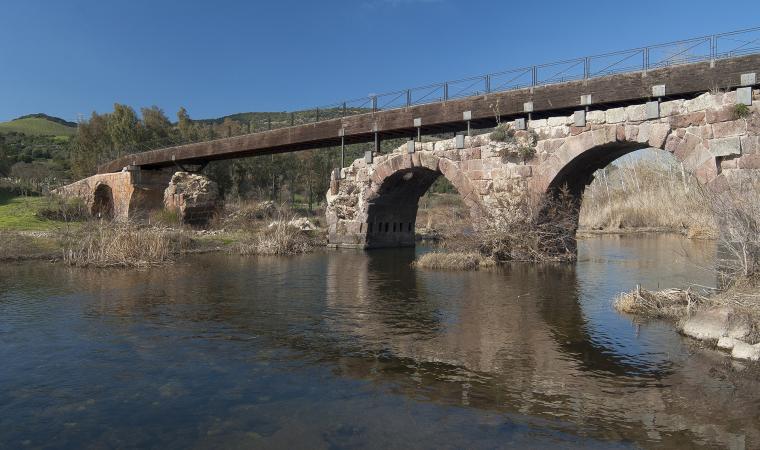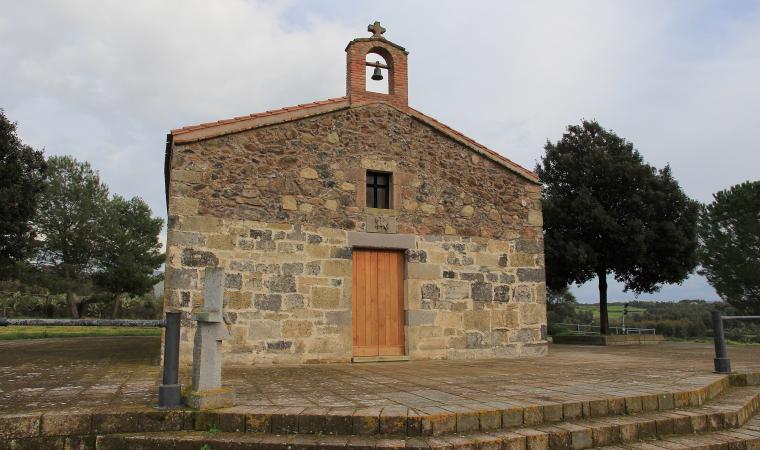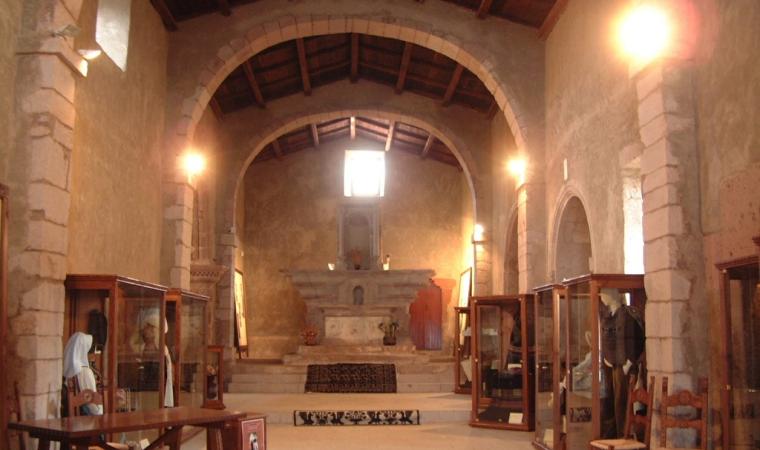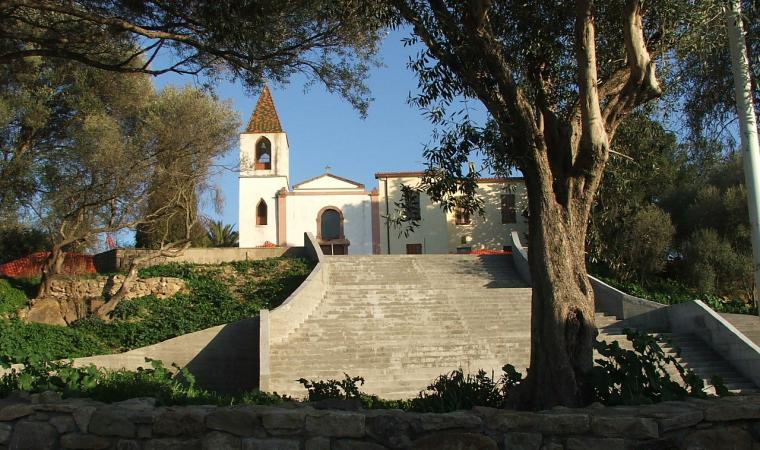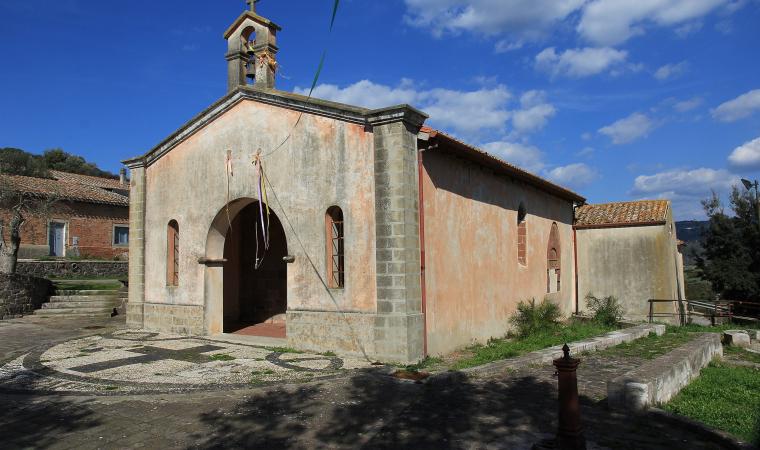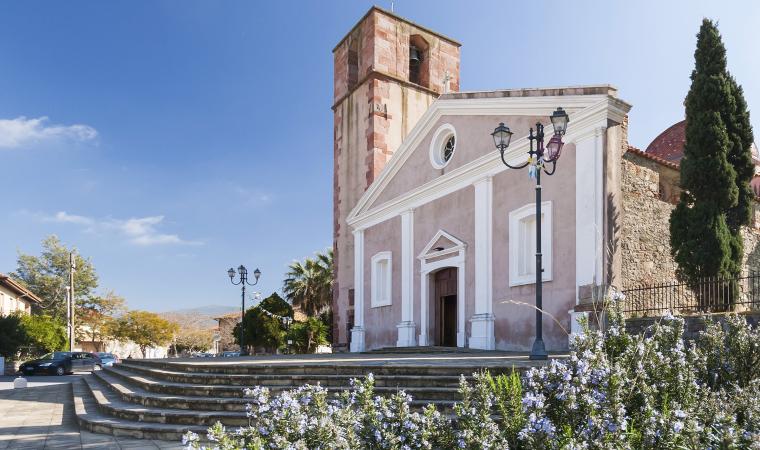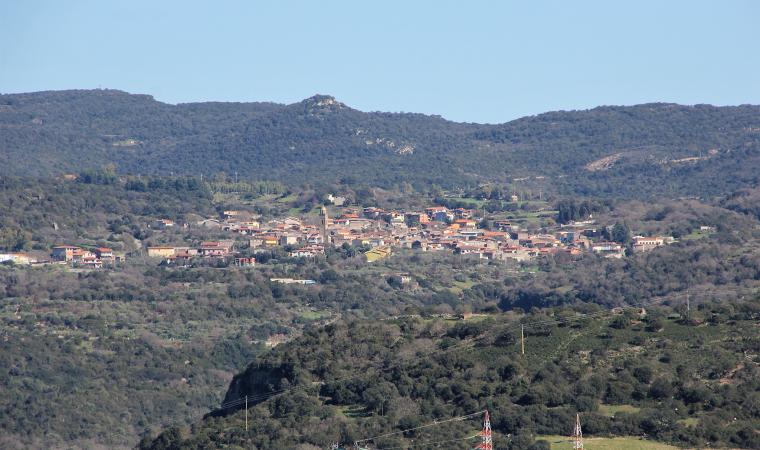It was once called Forum Traiani, when it was a main town in the island’s hinterland founded by the Romans during the Late Republic, when under Emperor Trajan it became a trading post between communities living inland and the Roman controlled populations of the gulf of Oristano. Today, Fordongianus is is home to less than a thousand people in the Barigadu region, famous for the thermal wellness spa constructed around hot mineral-water springs that have a constant temperature of 56°C all year round and provide a variety of health benefits. A detail the Romans were already aware of: the town sits on the left edge of the lush and fertile Tirso River Valley where warm Aquae Ypsitanae curative waters emerge from deep within the earth. The Roman baths here date to the first century CE and are now an archaeological attraction. Two establishments can be visited, one where a vaulted ceiling covered a rectangular pool with porticos along the sides and the other with a changing room. The floors were covered in mosaic tiles (you’ll see traces of them) and the ceiling was covered with a blue glass paste. Water flowed to it with great reliability via a network of canals, wells and cisterns. The importance of these baths is evident in the two statues of the god Bes, a divinity of health worship, and by a sacred area devoted to nymphs.
Fordongianus is also known for its red, green and grey trachyte quarries, the source of the stone used by the locals to build and decorate their houses. The XVII century casa aragonese is well preserved and was lived in until 1978. It is now a museum and a rare example of late-Gothic Sardinian architecture. Not far away is the XVI century church of San Pietro Aspostolo, made of red trachyte and rebuilt in modern times. A few kilometres out of town, near the thermal baths and the Roman amphitheatre, is the little church of San Lussorio, built by monks of the St. Victor order in the XII century over an early Christian crypt. The muristenes, once used as accommodations for pilgrims, are enchanting, especially when, during festivities in late August, they are enlivened by the faithful in prayer.
The area around Fordongianus is dotted with traces of prehistoric settlements: the stone domus de Janas di Domigheddas chambers and di Gularis necropoles carved into the rock in gorgeous natural settings, and the Paranu Antoni and Putzola nuraghes on the steep slopes of mounts Maiori and Ollastra, shaped into the most bizarre forms by centuries of the wind and rain. The most important Nuragic legacy near Fordongianus – at Villanova Truschedu – is the Santa Barbara nuraghe, with an original tower to which a second, smaller building connected by a walled-in passageway was later added. Just past San Lussorio is the area of Balargianus, made up of woods, vegetable gardens and vineyards. A climb to the top of monte Grighini, rich with quartz deposits, is a exciting outing. In its valley is the Casteddu Ecciu giara, with steep walls, home to the remains of a nuraghe and a castle, from which you can climb down to admire the monolith of su Crastu Ladu.

